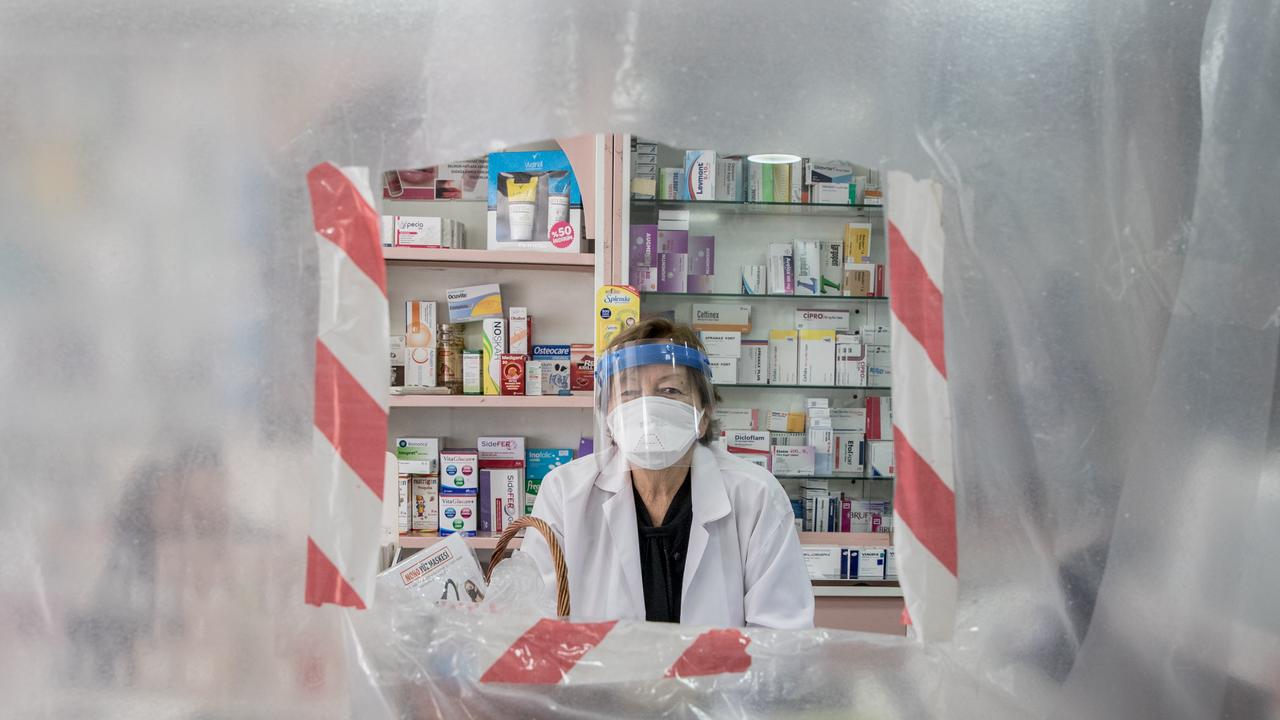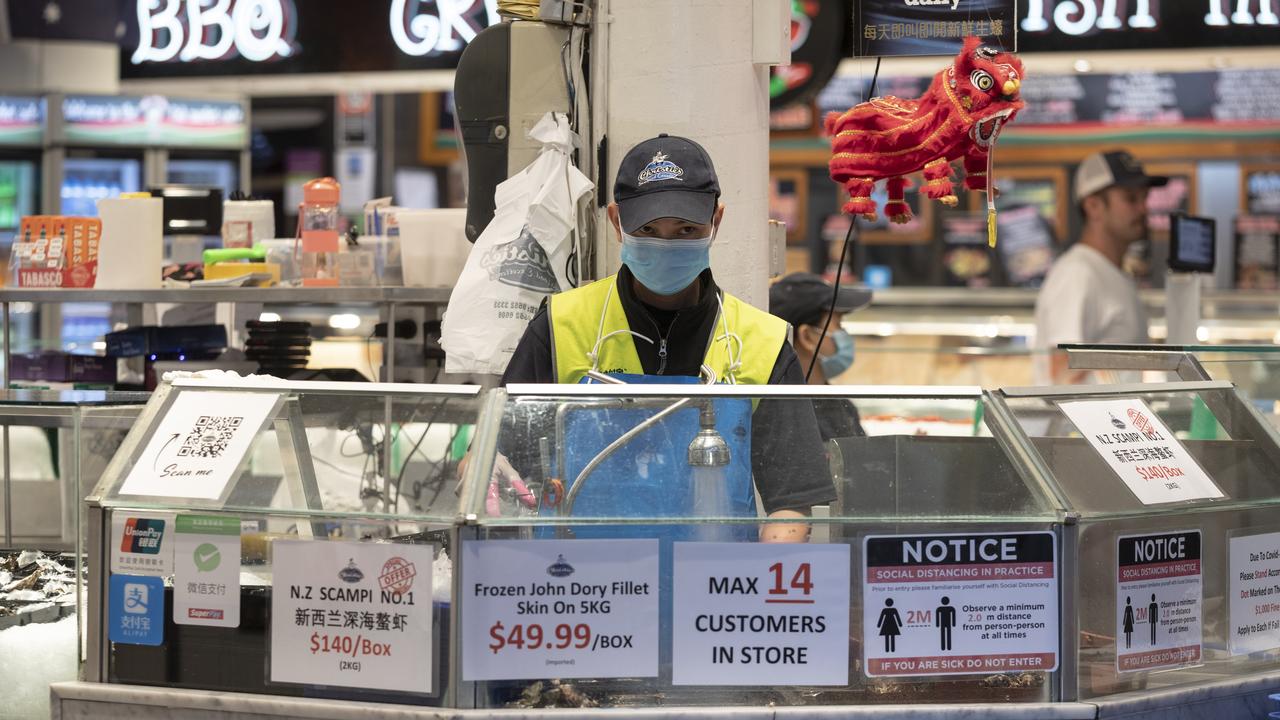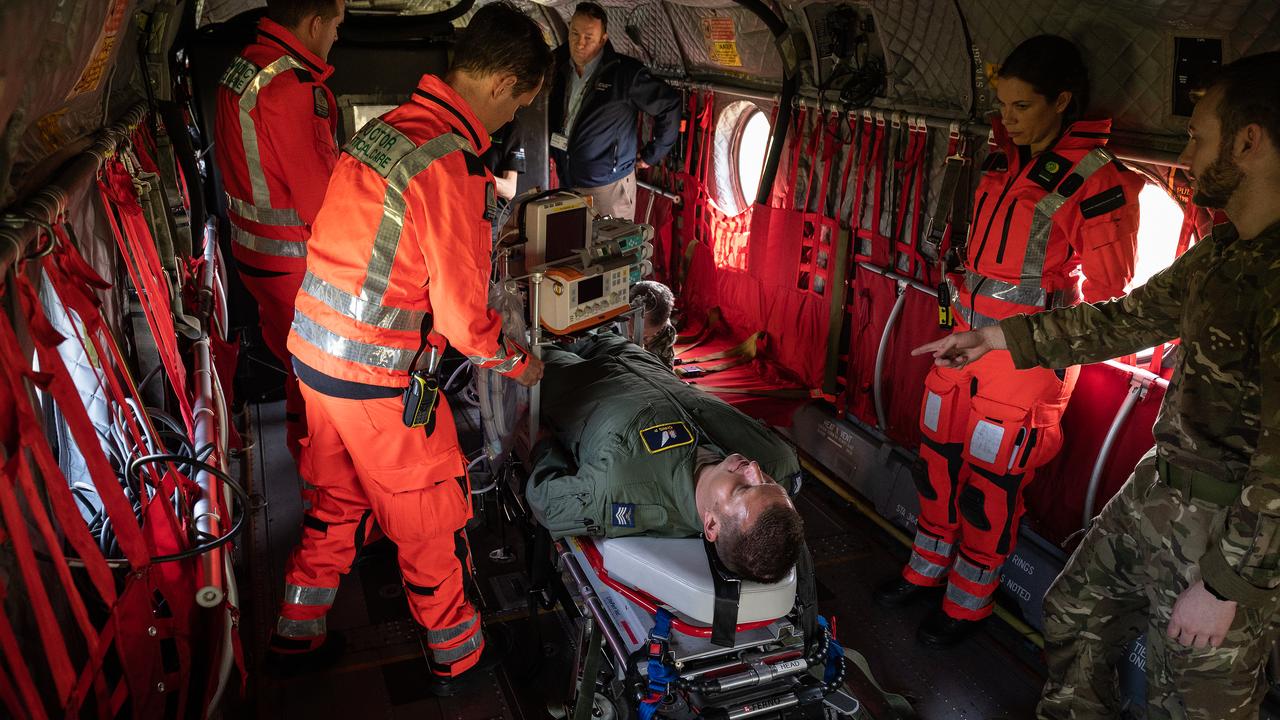Coronavirus: Recovered Australians tip the balance
The number of Australians who have recovered from coronavirus continues to grow. And could be much higher than reported.

As staggering death tolls are reported around the world, high rates of recovery from the COVID-19 pandemic are also occurring.
At time of writing, Australia had a little over 6000 confirmed cases of COVID-19, coming in at 6203, according to the latest data from the Department of Health.
Of those 6203 cases, 1793 patients have recovered.
That’s almost one third of people.
RELATED: Five mild symptoms of coronavirus you might miss
RELATED: Thirteen Aussie virus hot spots revealed
However, the true number is likely to be much higher as recovery figures are only reported in four jurisdictions — Victoria, Western Australia, the ACT and Tasmania.
"Overwhelmingly in Australia, patients have been having good recoveries," Greg Fox said, an epidemiologist and respiratory physician at the Woolcock Institute of Medical Research and Royal Prince Alfred Hospital.
Data from several global studies suggest that around 80 per cent of people will have mild to moderate symptoms of the disease, 20 per cent will have more significant symptoms, and maybe 5 per cent of people will require intensive care admission.


Just yesterday, news.com.au reported that a 107-year-old Dutch woman had recovered from the coronavirus, probably becoming the oldest survivor of the pandemic in the world.
The day before that recovery, a full corridor of hospital staff cheered and applauded a COVID-19 patient who had recovered from intensive care in an Alabama hospital, USA.
The latest information shows that Australia’s rate of infections are flattening.
However, in places like the USA and Europe, the curve appears to be exponential as cases rise.
RECOVERED PATIENTS “COULD BE PUT TO GOOD USE”

An expert says these recovered patients could be crucial to Australia’s long-term recovery, if they assist frontline workers without the fear of getting infection.
Infectious disease expert Professor Nigel McMillan told Sky News those who have recovered from the disease could have a "useful role to play."
"As time goes on we are going to build up more and more of these people … and these are people we could be putting to use," he said.
"They are a really valuable resource, they would do a number of things.
"For example, they would put [people] who were otherwise in harm's way out of harm's way."
"They would save on Personal Protective Equipment (PPE), for example, they wouldn't need to wear such expensive PPE when they are dealing with patients in hospitals.
"I am calling on the government to think about this issue … we are going to get more and more of these recovered patients as the pandemic goes through the population."

WHY ARE SOME AFFECTED MORE THAN OTHERS?
Experts say pre-existing health conditions are the main reason some people experience COVID-19 more severely than others.
Professor Ramon Shaban, Clinical Chair of Infection Prevention and Disease Control at the University of Sydney, said one's age – combined with a history of issues such as high blood pressure or diabetes – could worsen symptoms in a person who tests positive for the deadly virus.
"The primary reasoning, at this stage, is really around risk factors," he told the ABC today. "We know that individuals who have risk factors have different outcomes in terms of their disease.
"Age, and in particular comorbidities, things such as high blood pressure, diabetes and any chronic respiratory condition – asthma, emphysema, they all pose an individual more risk of having a more severe outcome."
He said it's important for everyone to be distancing or remaining in quarantine where necessary, to lower the ongoing risk of infection.




